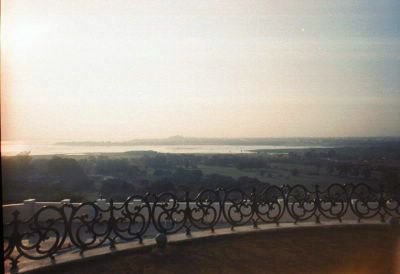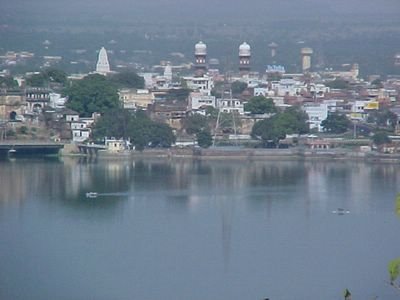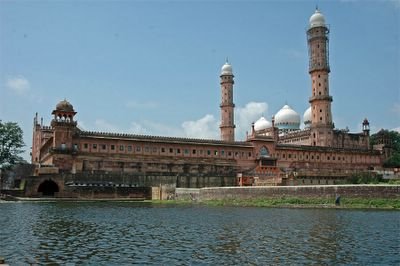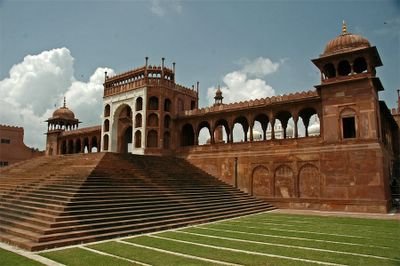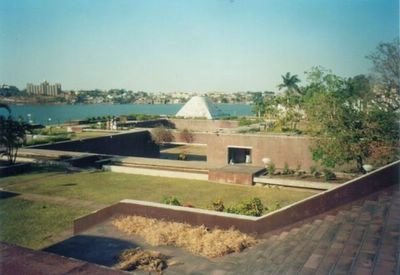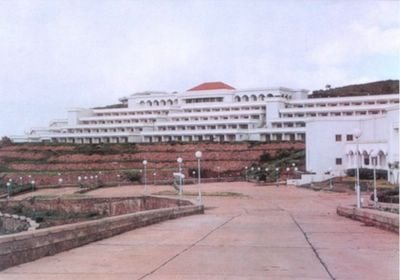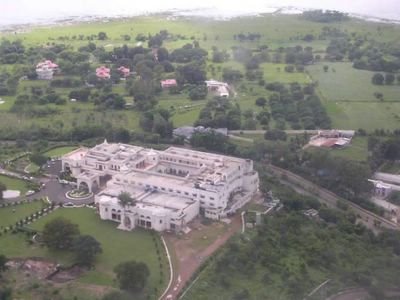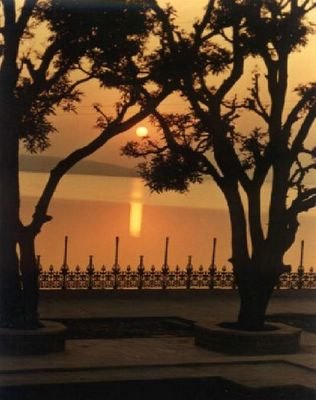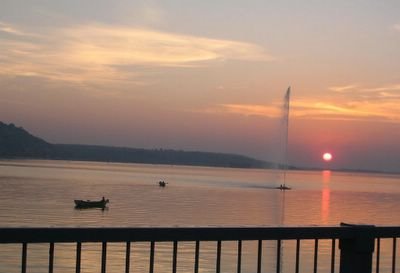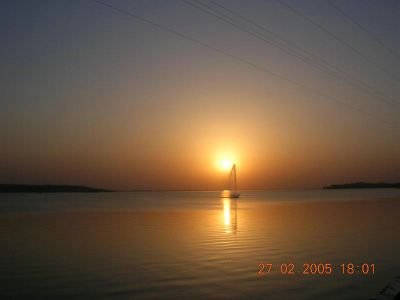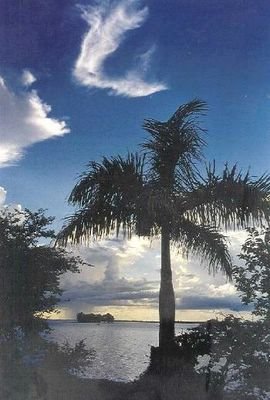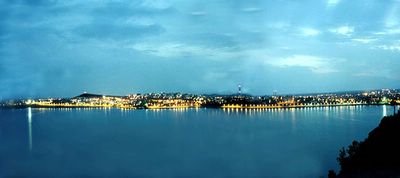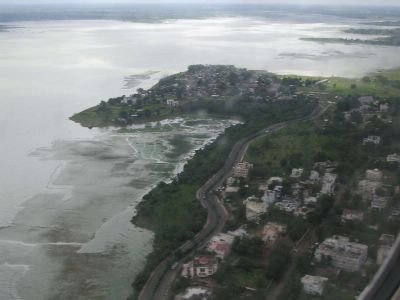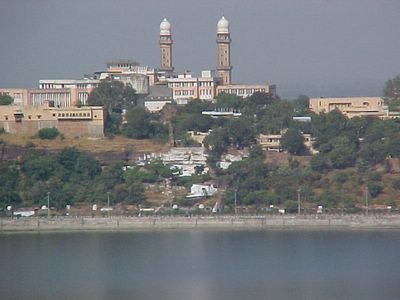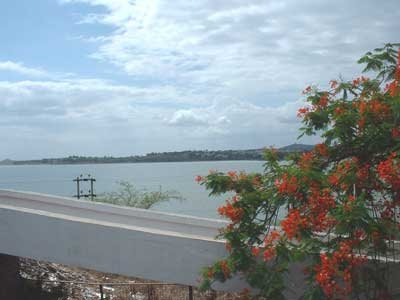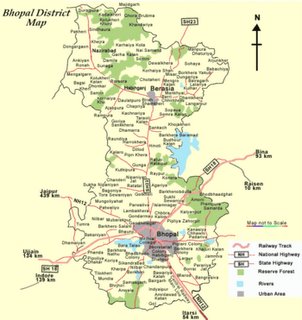 Bhopal is said to have been founded by the Parmara King Bhoj (1000–1055), who had his capital at Dhar. The city was originally known as Bhojpal named after Bhoj and the dam ('pal') that he is said to have constructed to form the lakes surrounding Bhopal.
Bhopal is said to have been founded by the Parmara King Bhoj (1000–1055), who had his capital at Dhar. The city was originally known as Bhojpal named after Bhoj and the dam ('pal') that he is said to have constructed to form the lakes surrounding Bhopal.Bhopal is the capital city of Madhya Pradesh
Bhopal is a hilly area, located on the Malwa plateau, and the land rises towards the Vindhya Range to the south. The summers are hot and the winters cold. It rains moderately during the rainy season.
The major hills in Bhopal comprise of Idgah hills and Shyamala hills in the northern region and Arera hills in the central region.
